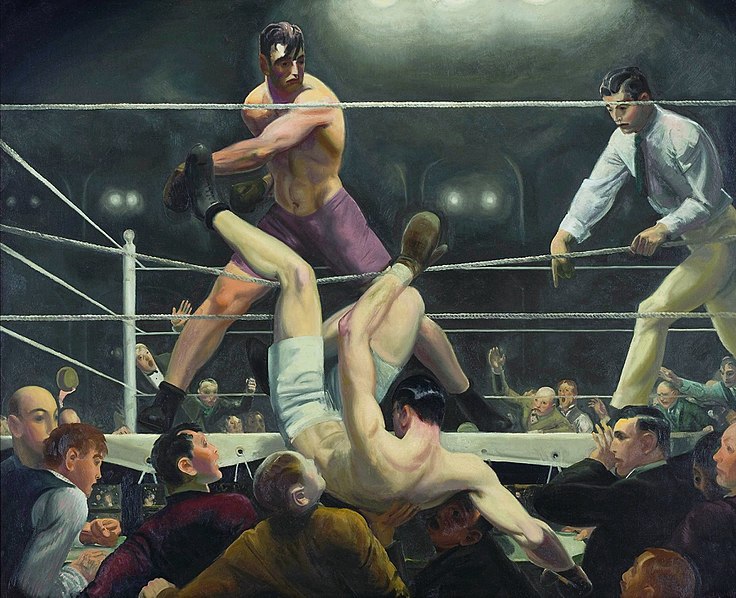Barcelona and Modernity: Gaudí to Dalí— the first comprehensive exhibition of its type ever mounted in America — explored the diverse and innovative work of Barcelona's artists, architects, and designers in the years between the Barcelona Universal Exposition of 1888 and the imposition of the Fascist regime of Francisco Franco in 1939.
Barcelona and Modernity offered new insights into the art movements that advanced the city's quest for modernity and confirmed it as the primary center of radical intellectual, political, and cultural activities in Spain. Pablo Picasso, Joan Miró, Salvador Dalí, and Antoni Gaudí were among the internationally renowned artists who contributed to the creative vitality of Barcelona and the flourishing of Catalan culture.
The exhibition opened at The Cleveland Museum of Art on October 15,2006 and remained on view through January 7, 2007. It was also on view at the Metropolitan Museum from March 7 through June 3, 2007. The exhibition featured some 300 remarkable works in a range of media: painting, sculpture, drawings, prints, posters, decorative objects, furniture, architectural models, and design.

La Vie

and Blindman's Meal,
two of the greatest paintings from Picasso's Blue Period;
portraits by Ramon Casas; Isidre Nonell's depictions of gypsies;

Miró's The Farm;
Dalí's surrealist paintings,
as well as furniture designed by Gaudí and an original BKF ("butterfly") chair are among the masterworks gathered from museums and private collections around the world for this major exhibition.
The exhibition was organized by The Cleveland Museum of Art and The Metropolitan Museum of Art, New York, in association with Museu Nacional d'Art de Catalunya, Barcelona.
Barcelona and Modernity: Gaudí to Dalí presented Barcelona as a booming industrial city with conflicting politics and revolutionary works of art, architecture, and design. To explore the relationships among the visual arts, broader cultural activity, and political events of the era, the exhibition is organized in nine thematic sections, beginning with the origins of the Catalan Renaissance. The remaining sections focus on the major artistic movements that followed: Modernisme, Noucentisme, and other avant-garde idioms such as Surrealism, with a final section on works of art influenced by the Spanish Civil War.
Renaixença: The Catalan Renaissance (Section One)
The exhibition began with an introduction to the revival of Catalan culture in the 19th century, when Barcelona expanded rapidly, becoming the largest, most industrialized, and most culturally advanced city in Spain. This set the stage for Barcelona's transformation from a provincial city into one of the most dynamic center of modernist art and architecture in Europe. Following the destruction of the city's medieval walls in 1856, the city expanded into an area known as the Eixample, home to most of the innovative Catalan modern architecture. In 1888, Barcelona celebrated its rising economic power and artistic growth by hosting a Universal Exposition of fine and industrial arts.
Highlights in this section of the exhibition included:
Ildefons Cerdà's (1815-1876) Plan for the Enlargement of Barcelona (1861); and Lluis Domènech i Montaner's (1850-1923) iron sculpture Rooster Greeting the Dawn (1892), designed for the Café-Restaurant of the Universal Exposition.
Modernisme: Painting and Sculpture (Section Two)
Modern art in Barcelona originated with Modernisme, a broad Catalan cultural movement that emerged in the 1880s and lasted into the 1910s. During this period, progressive artists and intellectuals in Barcelona opened up to foreign influences and embraced radical new ideas and art forms, especially contemporary French art. Ramon Casas (1866-1932) and Santiago Rusiñol (1861-1931), the key founders of Modernista Catalan painting, turned to themes and subjects that reflected the new realities of modern urban life. They were followed by a second generation of Modernista artists led by Joaquim Mir (1873-1940), Isidre Nonell (1876-1911), and Pablo Picasso (1881-1973). Also featured are notable Modernista posters and graphic works by Alexandre de Riquer (1856-1929) and Adrià Gual (1872-1944).
Highlights included:

Rusiñol's painting Café de Montmartre (1890),
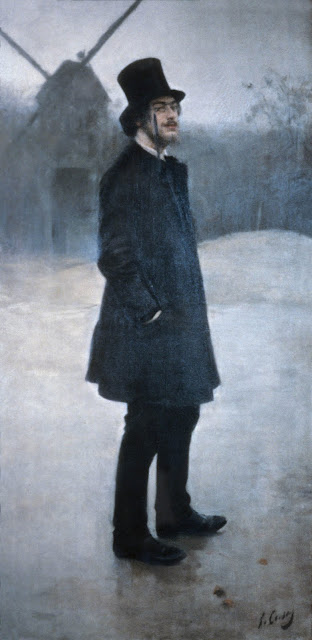
Casas' Portrait of Erik Satie (1891),
and Josep Llimona's (1864-1934) sculpture Grief (1907).
Modernisme: Els Quatre Gats (Section Three)
In 1897, Casas and Rusiñol joined with others to establish Els Quatre Gats ("The Four Cats"), a legendary café that became the focus of bohemian artistic activity in Barcelona and was the site of meetings, exhibitions, poetry readings and puppet theater performances. Picasso, at age 18, became a regular member of the group and held his first solo exhibition there in 1900.
Highlights included:
Casas' painting

Ramon Casas and Pere Romeu on a Tandem (1897)
and Picasso's portraits of his fellow artists at the café (1899-1900).
Modernisme: Art and Society (Section Four)
At the turn of the 20th century, while the rapid industrialization of Barcelona created new fortunes and allowed for wide patronage of the city's artists and designers, poor immigrants worked in harsh and unjust conditions, leading to social conflict, labor strikes and anarchist bombings. Although artists rarely made overtly political statements, they did look closely at both the wealthy bourgeoisie and the working poor. Paintings and drawings by Isidre Nonell and Picasso's Blue Period depictions of beggars, prostitutes, and the disenfranchised reflected on the striking differences between Barcelona's economic and social classes.
Highlights included:

Ramon Casas' The Garroting (1894),

Nonell's Two Gypsies (1903),
and Picasso's 1903 oil paintings
La Vie (Life) and The Blindman's Meal. (above)
Modernisme: Architecture and Design (Section Five)
Modernisme also found expression in architecture, design and the decorative arts. Lluís Domènech i Montaner, Josep Puig i Cadafalch (1867-1957), Josep Jujol (1879-1949), Gaspar Homar (1870-1953), and Antoni Gaudí (1852-1926) designed Modernista buildings and interiors, which, while concurrent with Art Nouveau in northern Europe, were of considerable originality, often expressing aspirations towards a Catalan national style. A renewed interest in local traditions was responsible for remarkable works in wrought iron, stained glass, and ceramics. Among the masterpieces of the period are Domènech's Palace of Catalan Music (1905-1908); Gaudí's Casa Milà (1906-1910); and Gaudi's iconic church, the Expiatory Temple of the Sagrada Família (begun 1883), which has since become a symbol for the city itself. These and other buildings were represented by drawings, models, and original fixtures and furnishings.
Highlights included:
Puig i Cadafalch's Ceiling Lamp from Casa Amatller (1898-1900) and Gaudí's Dressing Table from Palau Güell (c. 1899) and Two-Seat Sofa from Casa Batlló (c. 1907).
Noucentisme: The New Classicism (Section Six)
During the 1910s and 1920s, art and design in Catalonia was characterized by a return to order known as Noucentisme or "Nineteen-hundreds Style." Reacting against the perceived aesthetic excesses of Modernisme, Noucentista artists sought to revive the spirit of Catalonia's classical past through forms and themes infused with the timeless values of Mediterranean civilization. Joaquím Torres-García (1874-1949), Joaquim Sunyer (1874-1956), and Feliu Elias (1878-1948) led the way in Noucentista painting. The movement also influenced decorative art and architecture, encouraging a revival of interest in traditional handcraftmanship, especially in ceramics, such as those by Josep Artigas (1892-1980). Works by Picasso and Salvador Dalí (1904-1989) were featured in this section as well.
Highlights included:
Torres-García's Project for the Fresco "The Eternal Catalonia" (1912) and Enric Casanovas' (1882-1948) sculpture Persuasion (1912-1913).
Avant-Gardes for a New Century (Section Seven)
Barcelona's Dalmau Gallery, established in 1912, was crucial in introducing avant-garde art to Catalonia. Beginning around 1916, international artists flocked to Barcelona and began to pursue inventive new art forms influenced by Cubism and Surrealism. Torres-García, Pablo Gargallo (1881-1934) and Joan Miró (1893-1983) were Barcelona's leading avant-garde artists. Paintings by Picasso, Miró, Dalí, and Francis Picabia (1879-1953) and sculptures by Julio González (1876-1942) are featured in this section. Original manifestos, calligrams, and magazines are also exhibited.
Highlights included:
Miró's paintings

Self-Portrait (1919)

and The Hunter (Catalan Landscape) (1923-1924),

and Dalí's 1931 painting The Dream.
The Rational City (Section Eight)
In the late 1920s a new movement emerged in architecture and design that rejected historically rooted styles in favor of starkly minimalist rationalism. The innovative group GATCPAC (Group of Catalan Architects and Technicians for the Progress of Contemporary Architecture) dedicated itself to relieving social problems, such as overcrowding and unsanitary living conditions, through architecture and functional objects designed for the masses. The German architect Ludwig Mies van der Rohe (1886-1969) also graced the city with one of the most celebrated buildings in the history of modern architecture, his pavilion for the Barcelona International Exposition of 1929. Architectural models will be the centerpiece of the section, supplemented with drawings, period photographs, and period journals.
Highlights included:
models of Casa Bloc (1932-1936) by GATCPAC and the Central Antituberculosis Clinic (1934-1938) by Josep Lluís Sert, Joan B. Subirana, and Josep Torres Clavé; and the BKF ("butterfly") chair by the Grupo Austral.
The Spanish Civil War (Section Nine)
Artists in Barcelona reacted to the crisis of the Spanish Civil War (1936-1939) with a powerful wave of paintings, sculptures, posters, films, and photographs. This section will feature a selection of important works responding to the horrors of the conflict, including paintings by Dalí and Miró, sculptures by González, and Picasso's studies for Guernica, his famous painting commissioned by the Spanish Republican government. Josep Lluís Sert's Pavilion of the Spanish Republic for the Paris International Exposition of 1937 — at which Guernica was first shown publicly — will be represented with a large architectural model.
Highlights from this section included:
.jpg!Large.jpg)
Dalí's 1936 painting Soft Construction with Boiled Beans (Premonition of Civil War),

Miró's 1937 painting Still Life with Old Shoe,

and prints from Miró's Black and Red Series (1938).
Barcelona and Modernity was organized by William H. Robinson, Curator of Modern European Art, and Jordi Falgàs, Cleveland Fellow in Modern Art, of The Cleveland Museum of Art; Magdalena Dabrowski, Special Consultant, and Jared Goss, Associate Curator, of The Metropolitan Museum of Art's Department of Nineteenth-Century, Modern, and Contemporary Art; and Carmen Belen Lord, independent scholar.

The exhibition was accompanied by 540-page catalogue by William H. Robinson, Jordi Falgàs, and Carmen Belen Lord. The publication features 600 illustrations, a preface by Robert Hughes, and essays by Magdalena Dabrowski, Jared Goss, and 27 other scholars. The catalogue was published by The Cleveland Museum of Art in association with Yale University Press.
From New York Magazine:
Barcelona, in the late nineteenth century, became a key outpost of experimental art in Europe. A radical café culture centered around Els Quatre Gats flourished among modernists; the exhibit contains a painting from the café of two men bicycling toward the future, or so it seems, and a café sign of cats that some believe was made by Picasso. Over the following decades, legendary painters—notably Miró, Dalí, and Picasso—and fascinating smaller artists, such as Ramón Casas (who painted the bicyclists), emerged from the city’s milieu. The exhibit, jointly organized by the Cleveland and Metropolitan Museums of Art, contains important examples of their work. What’s relayed with particular power, however, is the city’s paradoxical perspective. On the one hand, Barcelona was unusually open to the crosscurrents of style in Europe: Classicizing artists would soon challenge the city’s early modernists, and they themselves would be confronted by the wildly efflorescent work of the Surrealists. On the other hand, Barcelona cultivated its own private garden of astonishing blooms—above all, the work of the great architect Antoni Gaudí. Barcelona was a city at once restless, welcoming, and rooted in idiosyncratic practice. In short, a great model.
Gaudí will steal any show, even if his buildings cannot quite fly. The exhibit begins with a giant photograph of his dream church, the Expiatory Temple of the Sagrada Família, and it includes images of the private house Casa Milà and some of his furniture and decorative objects. Many self-taught, folk, and visionary artists have made environments as otherworldly as Gaudí’s; typically, we distance ourselves from such artists, treating them as “outsiders” who went down the rabbit hole with Alice. But Gaudí was a working professional. It seems miraculous that he was able to get anything built. That Barcelona tolerated him (he makes Dalí seem conventional) represents more than an acceptance of novelty. Gaudí conveys a feeling of ineffable possibility: He’s “the palm at the end of the mind.” Partly because his buildings exist, architects like Frank Gehry can today build as well as propose—and architects of the future, with new technical means, may construct what can now only be imagined. One of the best things about “Barcelona,” incidentally, is that it also includes a model of Ludwig Mies van der Rohe’s pavilion for the Barcelona International Exposition of 1929—an austere masterpiece shorn of ornament. Mies and Gaudí: It is a useful exercise to keep both in mind at once. The one need not exclude the other.
BACKSTORY
A futuristic New York City skyscraper, aptly named Hotel Attraction, was conceived by Gaudí in May 1908 but never realized—some say it was to be built on what is now ground zero. Seven original sketches survive, depicting a multicolored steel structure 1,181 feet tall complete with a shining star up top that would offer panoramic views—think the Empire State Building if it were also a rocket ship. After revisiting the nearly 100-year-old plans, some Catalan artists, art historians, and architects entered the proposed construction into the 2003 ground-zero memorial design competition. It didn’t win.








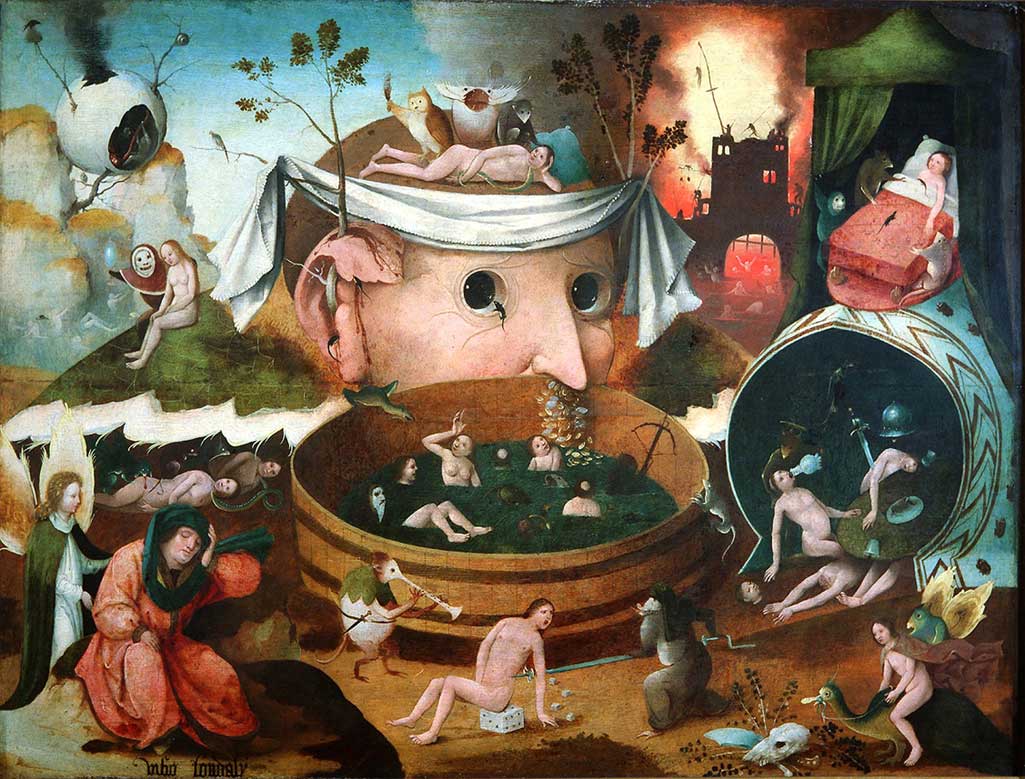






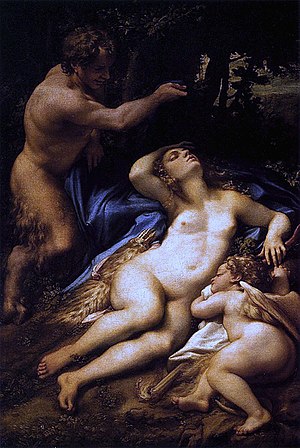


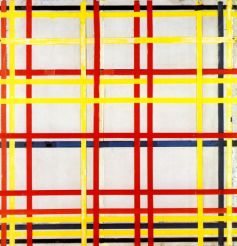




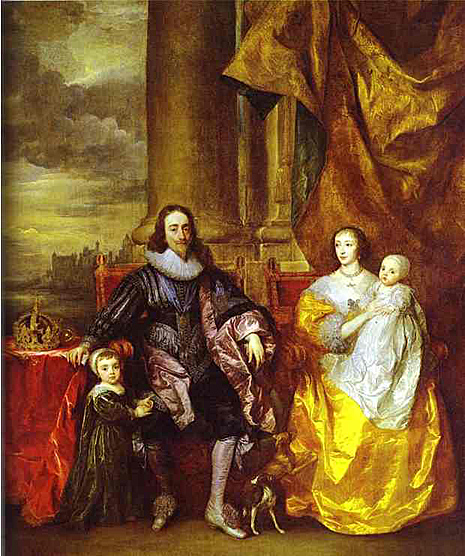
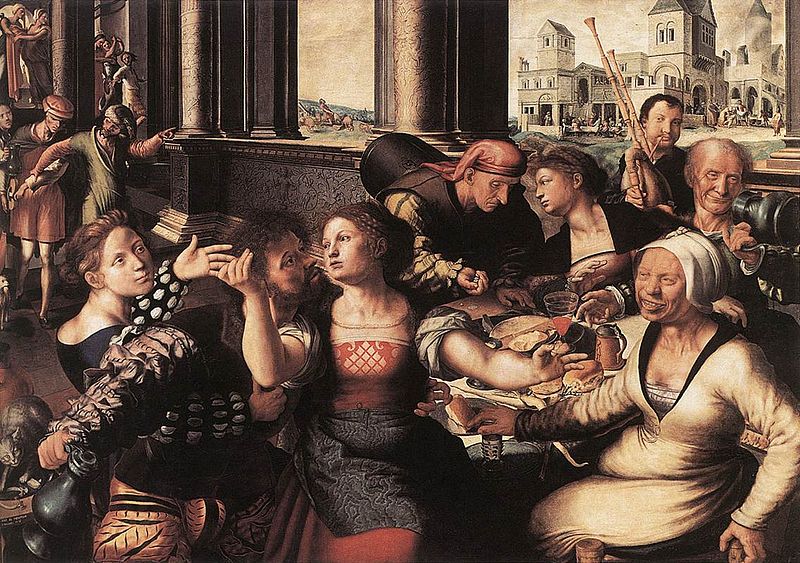










.jpg!Large.jpg)
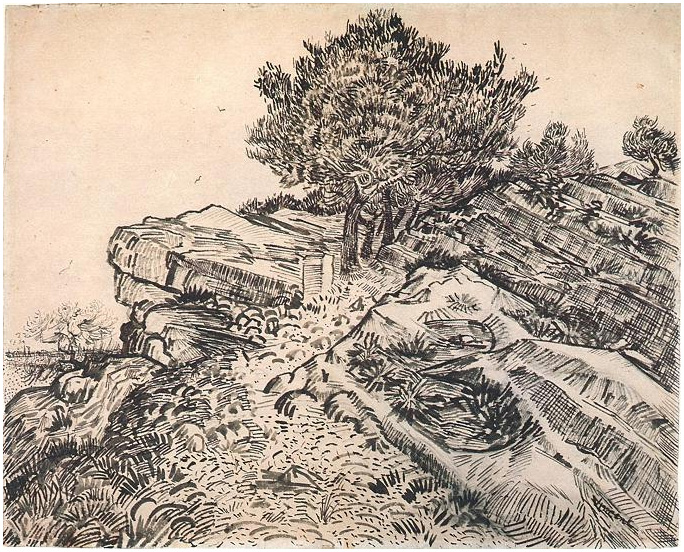
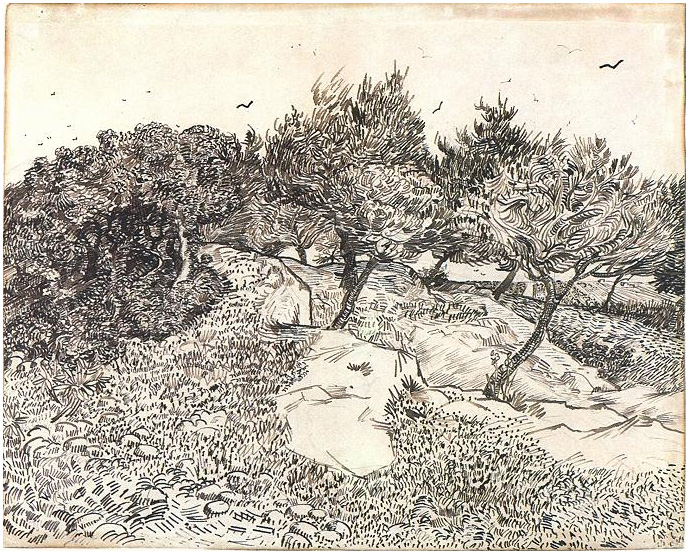













%202012.jpg)






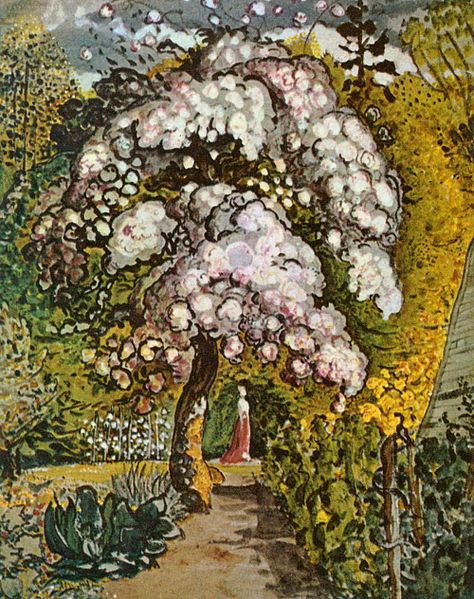

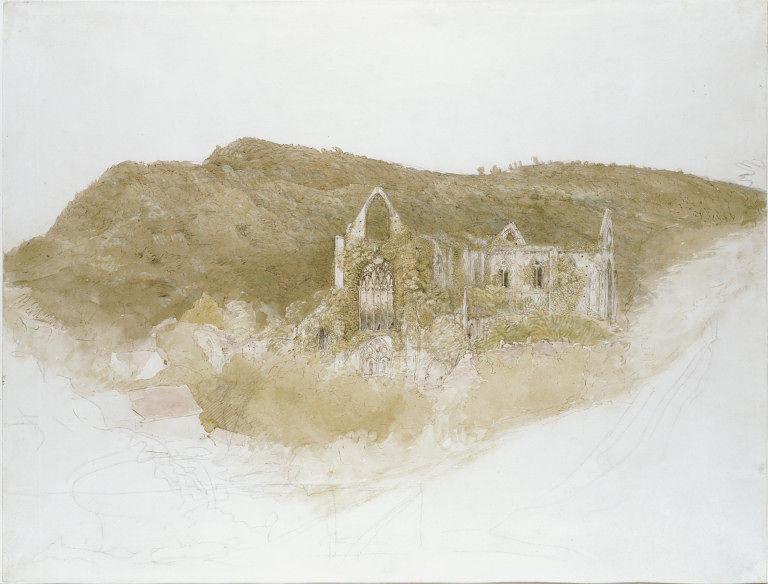





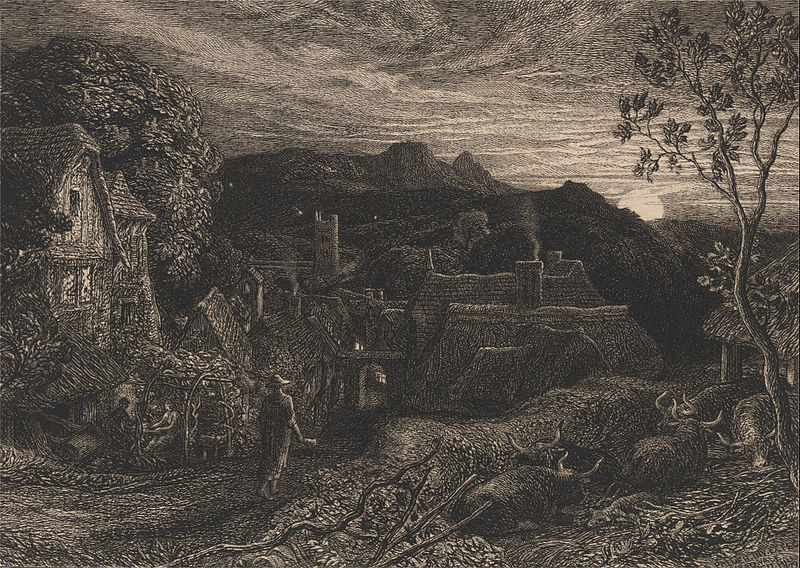









.++Italian+Garden+Landscape+1913.jpg)







.jpg)













_-_Google_Art_Project.jpg/800px-Claude_Lorrain_-_Landscape_with_Christ_appearing_to_St._Mary_Magdalene_(%22Noli_me_tangere%22)_-_Google_Art_Project.jpg)



















































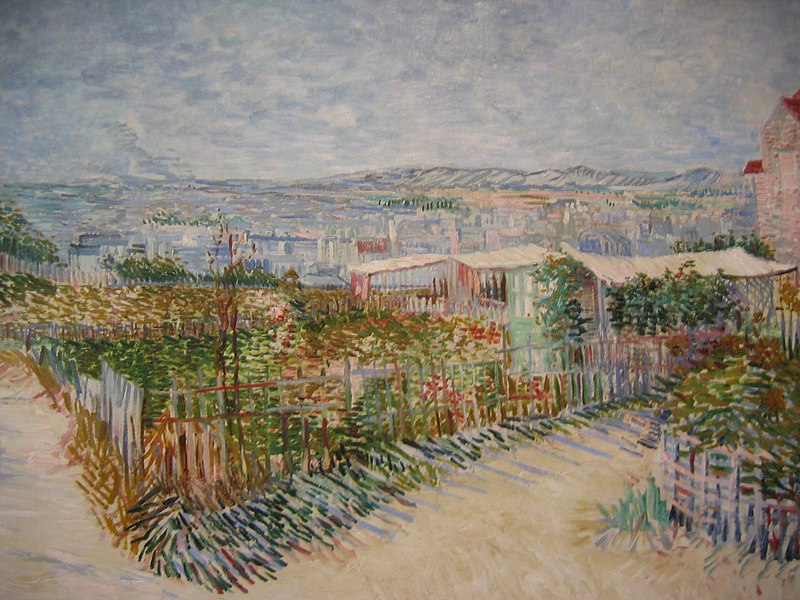







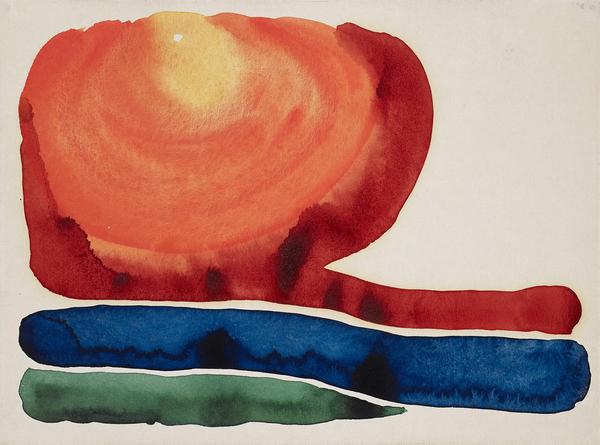
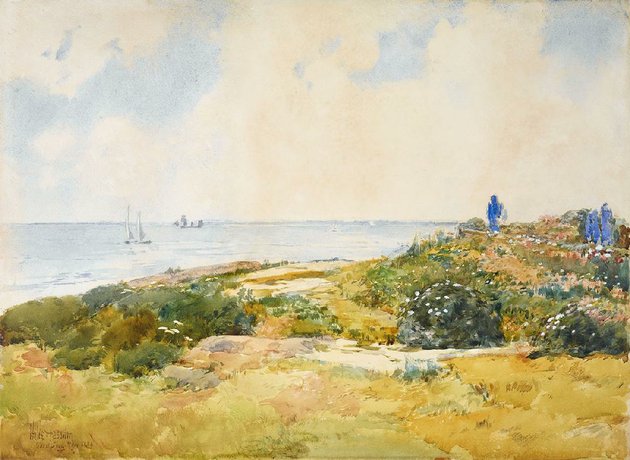
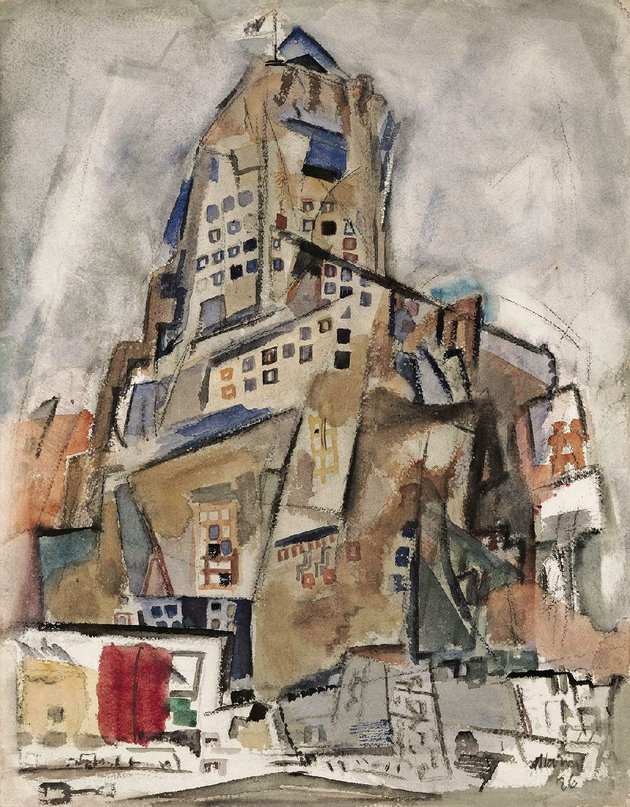

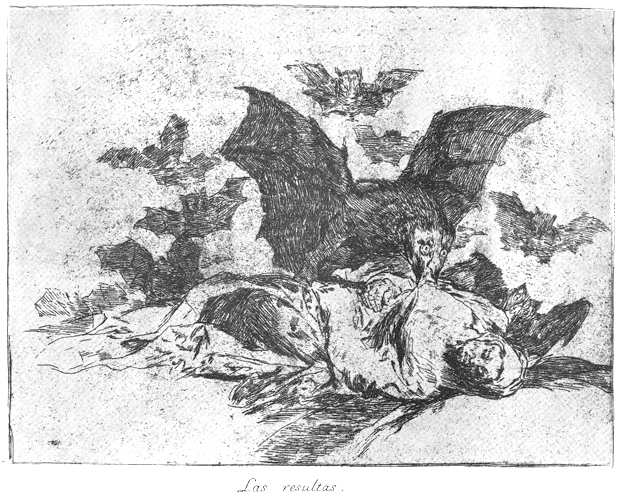
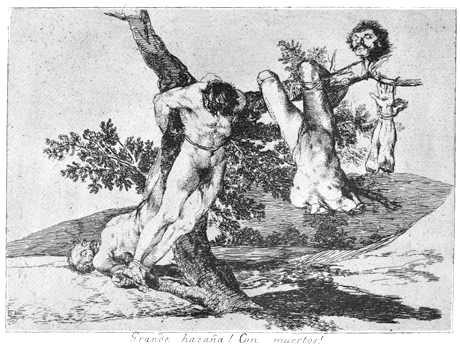



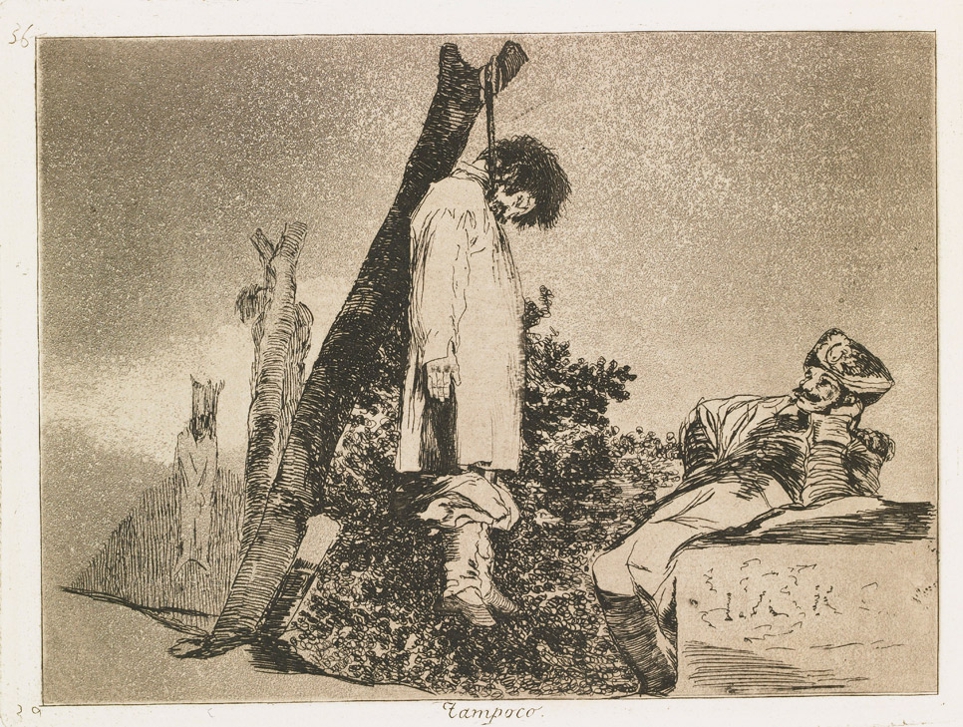








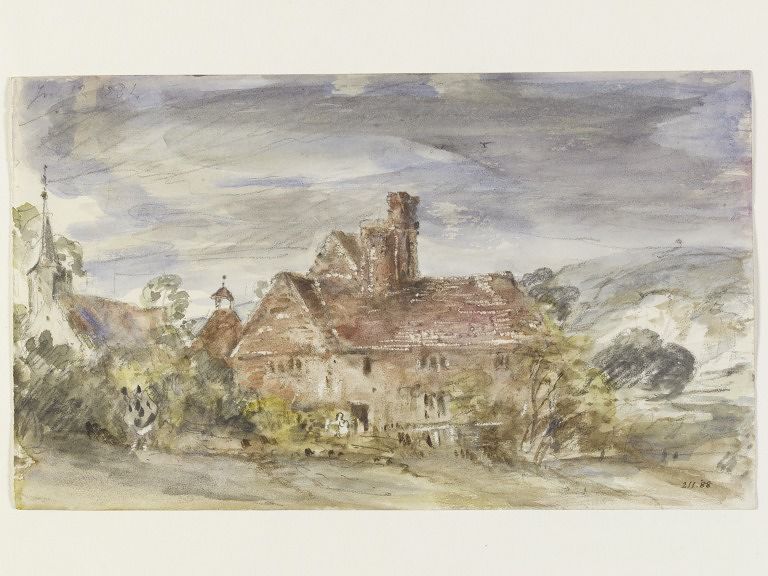
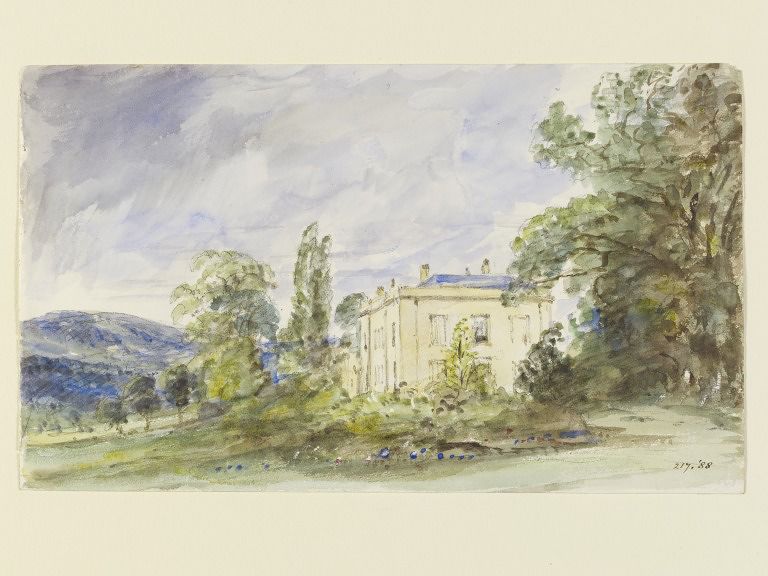









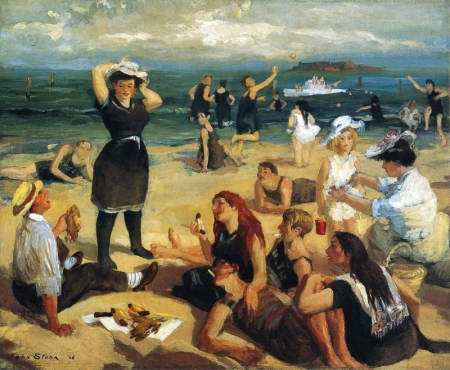
.jpg/798px-George_Bellows_-_A_Day_in_June_(1913).jpg)


